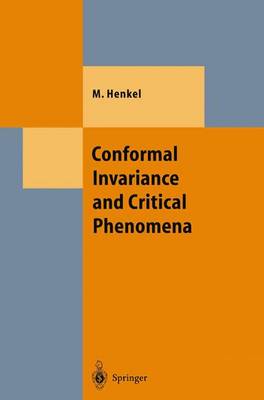Critical phenomena arise in a wide variety of physical systems. Classi cal examples are the liquid-vapour critical point or the paramagnetic ferromagnetic transition. Further examples include multicomponent fluids and alloys, superfluids, superconductors, polymers and fully developed tur bulence and may even extend to the quark-gluon plasma and the early uni verse as a whole. Early theoretical investigators tried to reduce the problem to a very small number of degrees of freedom, such as the van der Waals equation and mean field approximations, culminating in Landau's general theory of critical phenomena. Nowadays, it is understood that the common ground for all these phenomena lies in the presence of strong fluctuations of infinitely many coupled variables. This was made explicit first through the exact solution of the two-dimensional Ising model by Onsager. Systematic subsequent developments have been leading to the scaling theories of critical phenomena and the renormalization group which allow a precise description of the close neighborhood of the critical point, often in good agreement with experiments. In contrast to the general understanding a century ago, the presence of fluctuations on all length scales at a critical point is emphasized today. This can be briefly summarized by saying that at a critical point a system is scale invariant. In addition, conformal invaTiance permits also a non-uniform, local rescal ing, provided only that angles remain unchanged.
- ISBN13 9783642084669
- Publish Date 1 December 2010 (first published 16 April 1999)
- Publish Status Active
- Publish Country DE
- Publisher Springer-Verlag Berlin and Heidelberg GmbH & Co. KG
- Imprint Springer-Verlag Berlin and Heidelberg GmbH & Co. K
- Edition Softcover reprint of hardcover 1st ed. 1999
- Format Paperback
- Pages 418
- Language English
